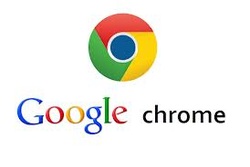
Google Chrome is a freeware web browser developed by Google. It was first released as a beta version for Microsoft Windows on September 2, 2008, and as a stable public release on December 11, 2008. Net Applications has indicated that Chrome is the third-most popular web browser when it comes to the size of its user base, behind Internet Explorer and Firefox. StatCounter, however, estimates that Google Chrome has a 39% worldwide usage share of web browsers making it the most widely used web browser in the world. Before Chrome, Google had one of the most successful, most recognized Web apps around: Google Search. But except for a toolbar and paying companies like Mozilla to make Google the default search in their browsers, it didn't have a product of its own to promote the Web with. Chrome changed that, and is now one of Google's most profitable products.
Grabbing Market Share and Headlines
While Firefox had spent years slowly chipping away at IE's dominance, few people outside of Google expected Chrome to be a viable competitor. Chrome rocketed to more than 1 percent of the market just a day after its release, according to some reports. People were excited and ready for something new in the browser world. Google said that Chrome's focus was on speed and simplicity, and it worked.
Chrome's big selling point was its speed, but that wasn't enough to sell it initially. It shed nearly two-thirds of its initial market share before the end of 2008. Fast and simple were good selling points, but people also wanted a browser that wasn't going to crash on them, and that could be at least somewhat extensible. A few months later, with Chrome out of beta the browser began a rise that could be charitably described as "meteoric." Five years on, its market share still increasing on the desktop but much more slowly, and the browser is now used by nearly as many people who use Firefox. On the other side of the coin, Internet Explorer now sits around 56 percent of the market. It's doubtful that Chrome's gains are fully attributable to IE's losses, but many of them probably are.
Beyond Speed
The market share shift came about because Google was able to develop a browser that lived up to its hype. Chrome's initial emphasis on speed and simplicity rarely wavered, and was soon joined by a focus on stability and security. Google wound up challenging assumptions in all four of those areas, and in the process built a browser with phenomenal reach.
One feature that proved to be a game-changer was the six-week rapid-release cycle. Browsers had been receiving major updates annually at best before Chrome. When Chrome launched, it was on a quarterly schedule, but doubling that meant that the browser updated security and stability fixes twice as fast.
In mimicking a mobile app's seamless updates that just occurred without the user having to go download the new version, Chrome was able to accomplish several goals at once. Not only did it become less noticeable when Google shipped those pesky but important security and stability fixes, but fans got accustomed to regular updates, and Chrome's own engineers were able to focus on introducing new features like the private browsing "Incognito" mode, automatic page translation, sandboxing, Native Client, and supporting the messy and unfinished alphabet soup of next-generation Web technologies like HTML5, CSS3, newer JavaScript APIs, WebGL and WebRTC with relative ease.
As it stands today, Chrome is a leader in pushing for future-tech Web technologies, and thanks to Chrome OS, which runs the browser as the operating system and the Web is the only platform available, Google has become even more heavily invested in developing the Web to compete with the native code that powers proprietary operating systems.
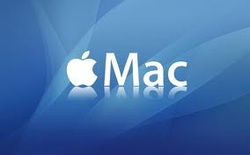
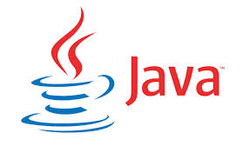
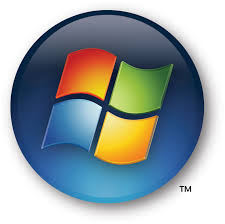
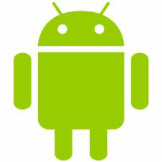
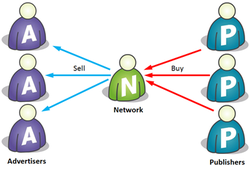




 RSS Feed
RSS Feed